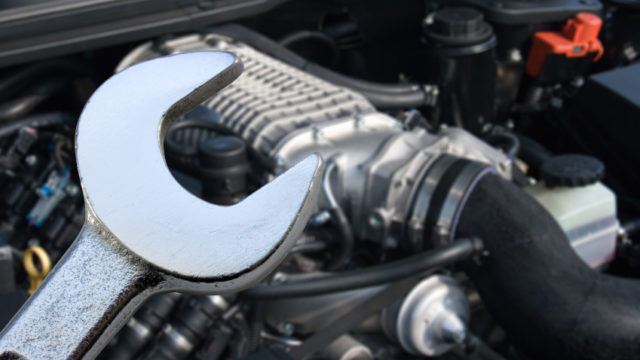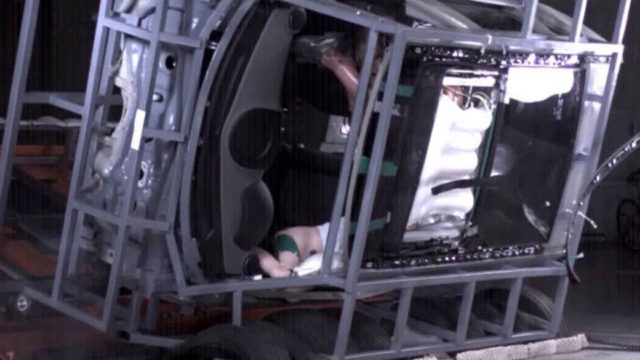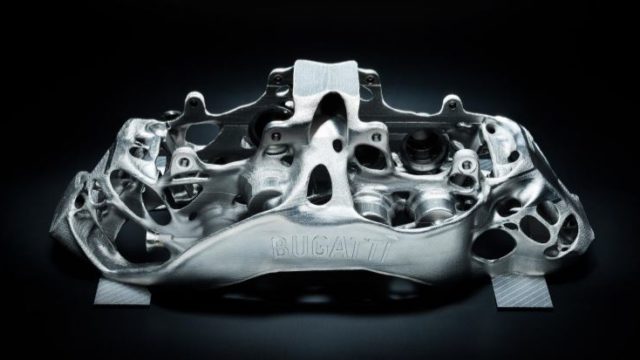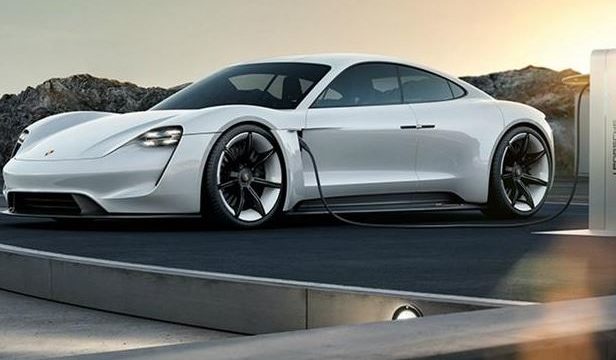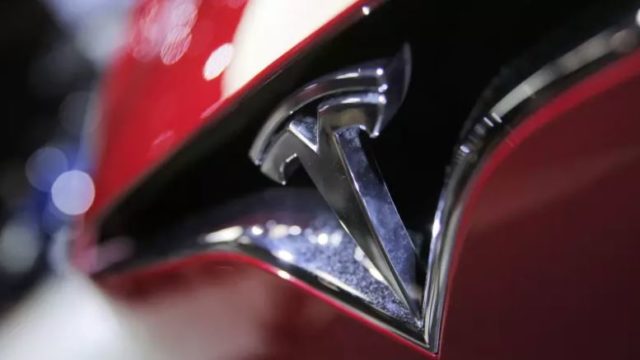3D Printing Automotive Parts: Bringing Car Customization to New Heights
3D printing automotive parts is surely one trend that’s experiencing an accelerating growth. It has allowed automotive companies to reduce their production costs while increasing the performance of car parts. However, 3D printing is not only creating traction among car manufacturers. It is also becoming more popular among car owners and enthusiasts as 3D printing enables them to customize their vehicles in ways that have been unavailable before.
The 2017 Specialty Equipment Market Association (SEMA) Show that kicked off just this week at Las Vegas also talked about this innovation in the industry and how 3D printing is transforming automotive manufacturing. Because of this, we have also been inspired to write something that will illustrate just how 3D printing is enabling car owners and enthusiasts to create unique automotive parts in a more efficient and cost-effective manner.
Here’s one interesting use case of 3D printing automotive parts from our own Field Engineer, Brandon Toomey, using a Series 1 Pro 3D printer.
The Cubby Pod
Prototyping is one of the main applications of 3D printing at the moment. It allows 3D printer users to quickly iterate parts to make that perfect fit — a key aspect in product development. As for Brandon, most parts of his car, are usually hard to come by, and he would often have to design and make them on his own. He would usually go through a number of iterations before he arrives at the most optimized design, and with 3D printing, he’s able to test and verify his ideas while avoiding the costly and lengthy process of traditional method of mold making. For instance, the cubby pod he created went from a cardboard template, to a 3D design, to a 3d printed object. But he didn’t just stop there.


According to Brandon, he didn’t want a bare 3D printed part in his car, as it would just stand out as a 3D printed object and would take away that factory look. “I went on a mission to figure out how to make the 3D print gain that factory look with just a little post-processing,” Brandon shares.
“I could have taken the printed part to a machinist and had it made out of metal, but that also wouldn’t look right as it would be just a bare metal. Then I stumbled across what is called carbon fiber skinning. It’s a process that uses real carbon fiber to wrap parts to give you that carbon fiber look.”
Through this post-processing, Brandon was able to get a quality cubby pod with a finished looked, while saving on costs. Further, because of the wide material capability of the Series 1 Pro 3D printer, he was able to use 3D printing materials like carbon PETG and PETG before the skinning process to allow for strong final parts.


The continuous developments and the growing accessibility of high-quality 3D printers have definitely allowed the 3D printing of automotive parts to make its ways into the other verticals of the automotive industry. And the ability to do rapid prototyping and 3D print functional spare parts at lesser costs are taking car customization to new heights, giving owners, like Brandon, more freedom to recreate their cars just how they want it to be.


